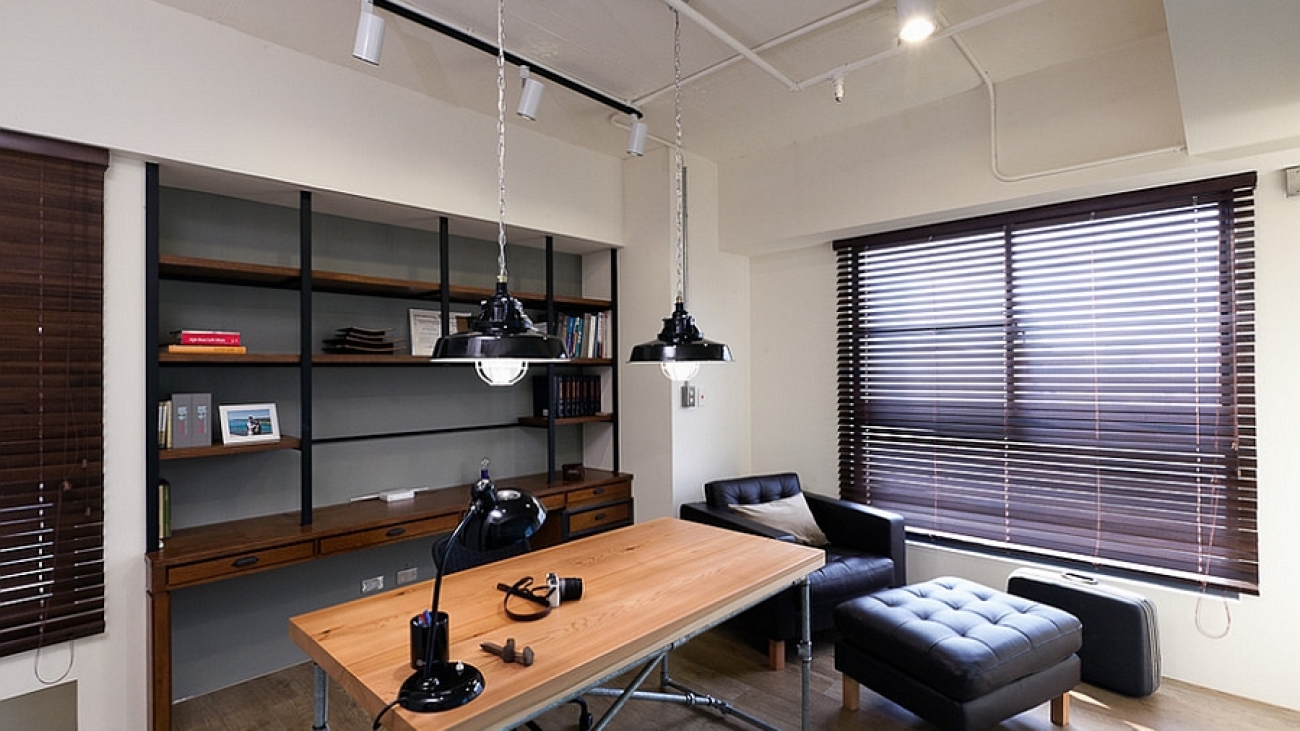Industrial interior design is all about embracing the raw and rustic elements of industrial spaces, and transforming them into stylish, functional living or working environments. With its roots in the early 20th century, when factories and warehouses were repurposed as living spaces, industrial interior design has evolved into a popular style that can be adapted to any setting. Here’s what you need to know about industrial interior design.
- Emphasize Raw Materials One of the hallmarks of industrial interior design is the use of raw materials such as concrete, brick, and steel. Rather than trying to hide or cover up these materials, industrial design celebrates their inherent beauty and texture. You can incorporate these materials into your space in a variety of ways, from exposed brick walls to concrete flooring.
- Stick to a Neutral Color Palette Industrial interior design typically features a neutral color palette, with shades of black, white, gray, and brown dominating. This helps to create a sense of simplicity and understated elegance, while also allowing the raw materials to take center stage. You can add pops of color through artwork, textiles, or other accent pieces.
- Incorporate Vintage Elements Industrial interior design often incorporates vintage elements, such as salvaged wood, antique light fixtures, and vintage machinery. These elements add a sense of history and character to your space, and help to reinforce the industrial aesthetic. Look for pieces with interesting textures, finishes, and patinas to add visual interest to your design.
- Choose Functional Furnishings Industrial interior design is all about functionality and practicality. Look for furnishings that are sturdy, utilitarian, and designed for heavy use. Industrial-style furniture often features simple, clean lines and a minimalist aesthetic, with a focus on functionality over ornamentation.
- Don’t Be Afraid of Open Spaces One of the defining features of industrial interior design is the use of open spaces. Rather than compartmentalizing your living or working areas, try to create a sense of flow and continuity between them. This can be achieved through the use of large, open rooms, or through the use of glass partitions or other translucent materials.
In conclusion, industrial interior design is a versatile and appealing style that can be adapted to any setting, from urban lofts to suburban homes. By emphasizing raw materials, neutral colors, vintage elements, functional furnishings, and open spaces, you can create a design that is both stylish and practical. So why not embrace the raw and rustic elements of industrial design, and transform your space into a stylish and functional environment?

